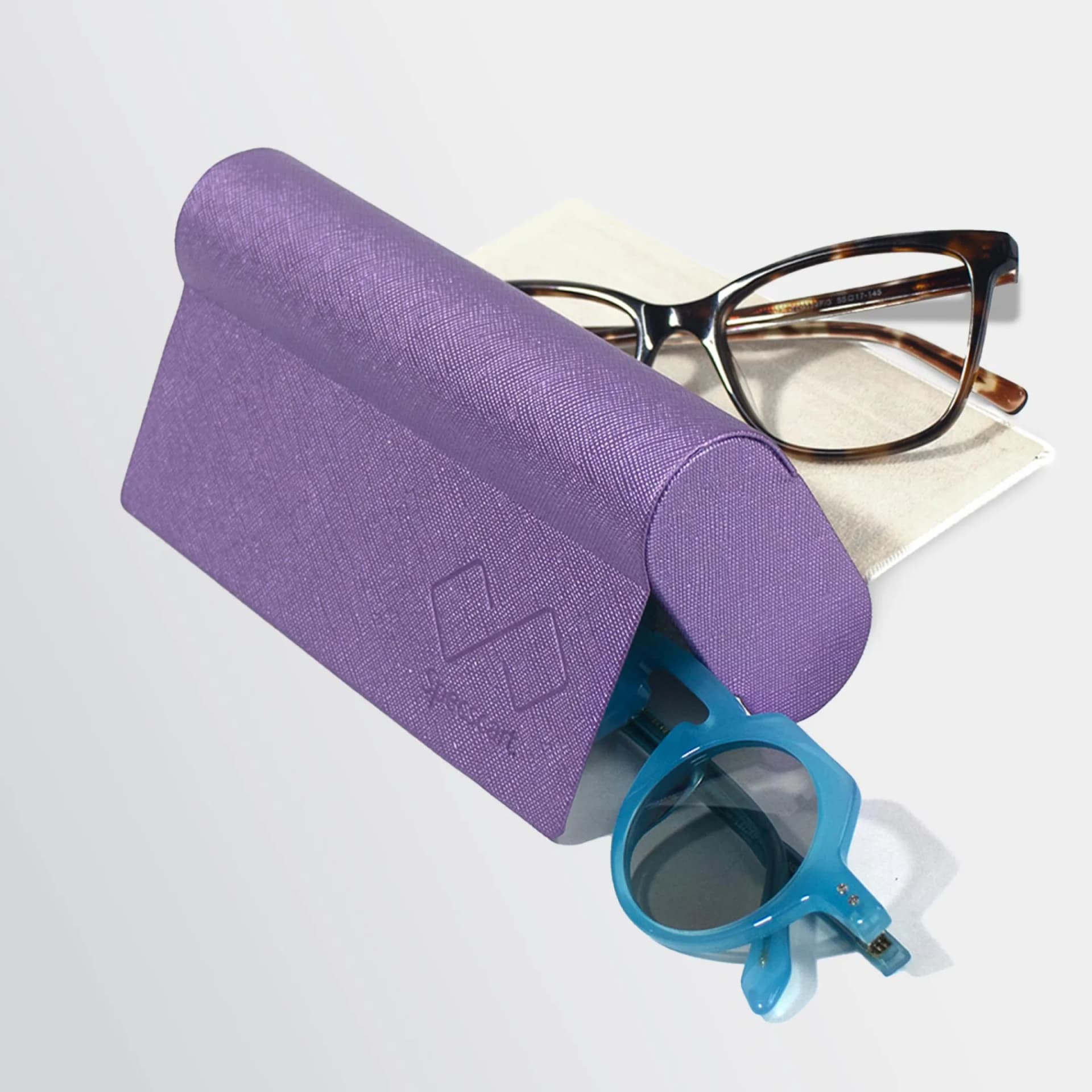Our eyes are the most complex yet fascinating part of our body. But, do we know everything about them? We rely on them every day but how well are we aware of their functioning?
Let me ask you a question: did you know that little people also have the same vision problems as adults? Yes, they do. Cataracts, refractive errors, glaucoma, these problems can also occur in little babies.
It’s important that you know everything about your child’s vision so you can catch problems while their eyes are still developing. This is why you should get annual eye exams for your children to detect any uncorrected issues in their vision.
Let’s have a look at some eye-related facts in children and know what problems you should watch out for in your little one’s eyes.
Smoking when pregnant can damage a baby’s vision
There are many dangers of smoking while pregnant but your baby’s vision is the most important of them. Tobacco smoke exposes your body to thousands of harmful chemicals. Research suggests that exposure to cigarette smoke during pregnancy could lead to the development of vision problems in babies later in life.
Even exposure to second-hand smoke is able to damage the newborn’s vision. Smoking is a serious risk factor for strabismus in children. And most of the kids with refractive vision problems are those whose mothers smoked during their pregnancy.
Vision development in infants
During infancy, your baby’s vision goes through a series of changes. At birth, their eyes are highly sensitive to light which is why their pupils look so small, reducing the light that enters their eyes.
A newborn can see objects next to them but their central vision takes a few months to develop. Within a couple of weeks, as their retinas develop, they become able to recognise bright and vibrant colours. They also may start to focus on objects in front of them but would prefer colourful objects close to them.
Watch out for strabismus in toddlers
Strabismus refers to the misalignment of the eyes where one eye is looking straight while the other one is turned inward, outward, upward or downward.
According to the NHS, 1 out of every 50 children in the UK has strabismus or a lazy eye. This occurs when one or both eyes fail to build a connection with the brain.
If your child is not able to see clearly through one eye or squint often, then he/she probably has strabismus.
A child’s vision is fully developed by the age of 8. This is why it’s important to treat vision problems at an early age so they don’t cause trouble later in life. With regular eye testings, it becomes easier to keep track of your child’s ocular development.
Make sure to get an eye test for your child before they start school. You can get a free eye test from us for your child or for yourself. With our state-of-the-art optometry tools, we give accurate results and the process doesn’t take long.
Babies eyes change colour up to 9 months old
So you love your cutie’s blue eyes. But you’re not sure whether their eyes will always be the same colour. Children’s eyes change colour within the first year of their life.
The amount of time your baby’s eyes will take to assume their final colour varies. While for most of them, it is settled by the age of 9 months, some babies can take up to 3 years to get a permanent eye colour.
Most children are farsighted
Farsightedness is naturally present in most school-age children. But, they don’t need glasses. As they grow old, their eyes lengthen and the farsightedness is corrected on its own. As the shape of the lenses changes with age, the problem of hyperopia also disappears.
However, for some children, this change doesn’t happen. And since they are able to use their eye muscles to focus on objects properly, a simple eye exam may not be enough to detect any shortcomings in your kid’s vision. Thus, you need to get a comprehensive eye exam for them and encourage them to wear prescription glasses to prevent their vision from declining further.
Less screen time reduces the risk of myopia in kids
High screen time fuels the risk of myopia in kids. This problem in kids is more common than ever and it can have long-term impacts on their eye health.
So, make sure that your child is practising screen time hygiene. For instance, they don’t watch TV from too close, they are using blue light glasses to protect their eyes and they are taking breaks between screen time to relax their eyes.
All this can reduce the likelihood of eye strain in children. Also, being a parent, it’s your duty to watch over how many hours a day your kid is using digital devices and what they’re watching on the internet.
Children have cataracts too
A cataract is not an age-related vision problem as it could also be present at the time of birth. Without proper treatment, this problem is able to disturb the visual pathways and affect the connection between the eyes and the brain.
Where some babies have cataracts since their birth, some acquire it later in life. This problem could occur in one or both of their eyes. It prevents the visual system from developing completely and affects your kid’s academic performance at school.
Good vision is crucial for a child’s overall development and for securing good grades at school. Make sure you get regular eye exams for your child and correct any vision problem they have. Whether they are toddlers, going to school or are young adults, regular eye exams are important for their eye health.
Unlock a £10 gift voucher instantly when you follow us. Just hit us up over DM and we will reply back with an exclusive code.
Caution: You may become style obsessed
Your way finder
2000+ Trendy Styles

Fashion Forward Sunnies





















































